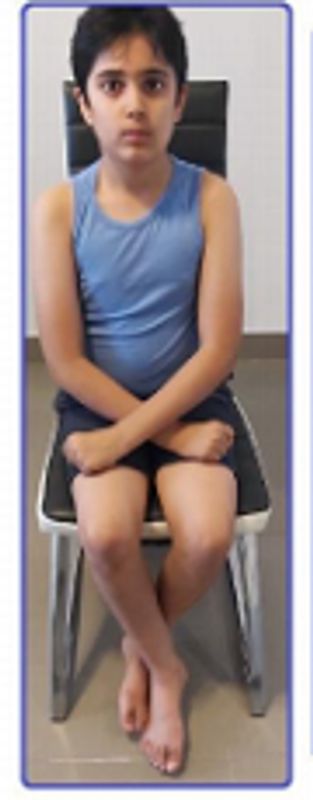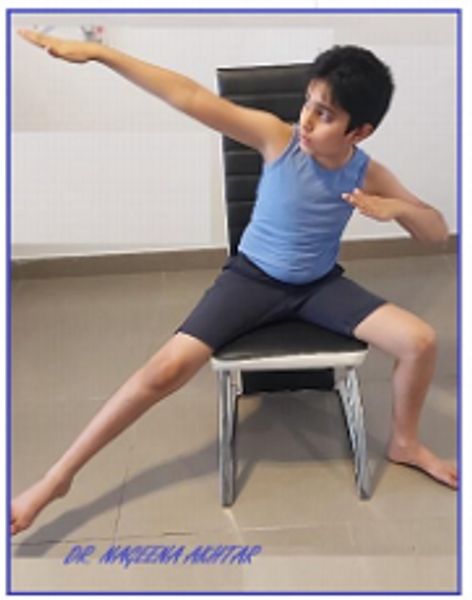Signed in as:
filler@godaddy.com
Signed in as:
filler@godaddy.com
What is The ATNR Reflex?
In utero, the Asymmetrical Tonic Neck Reflex helps facilitate kicking movements of the fetus felt by the mother.
When fully emerged in utero, the ATNR supports the fetus in twisting and turning down the birth canal. When the baby turns their head to the side, the arm and leg will straighten on the same side.
This reflex is also referred to as the “fencer position”. As the ATNR integrates, the movements of the infant on the stomach and the back help to train binocular vision (the cooperation of both eyes) and the ability to track moving objects with his eyes.
A nonintegrated ATNR beyond four to six months can interfere with other developmental motor abilities, such as rolling over, commando-style tummy crawling, and crawling on all fours.
Some symptoms of a non-integrated ATNR
Crawling in fluent cross-patterned movements is more complicated when the ATNR reflex is not integrated.
In school, the ATNR plays a significant role in the learning process and in creating more hemispheric brain dominance. It helps to establish cross lateral motor coordination across the physical midline, as well as, active coordination of the visual and auditory systems.
The ATNR is also important for writing, as it assists with the motors skills of the arms, shoulders and neck in order for fine motor skills to be efficient.
Some symptoms of a non-integrated ATNR

Have child face up on the floor with head turned to the same side as the arm and leg which is straightened. The opposite side arm and leg should be bent. Hold this position for a few seconds. Slowly turn head to other side. Switching positions of the limbs. Straightening, bent arm and leg, and bending the straight arm and leg, hold for a few seconds. Repeat 10-15 times each side. Twice daily.

Ask child to lift bottom into the air and keep hands and feet, flat on the floor. Ask them to ‘walk’ forward in cross crawl pattern using only hands and feet (not knees). Stop and turn back the other way. Repeat 5-10 times. Twice daily.

Have child lift their spine and bottom up into table top position with hands and feet flat on the floor. Ask them to look to one side and use hands and feet to ‘walk’ that way for few metres. Stop and turn back the other way. Repeat 5-10 times. Twice daily.

Exercise Three - Lizards


Have child face down on the floor with head turned to one side and the same arm and leg bent, palm down. The opposite arm and leg are straight, the arm lying along the body. Slowly turn head to other side. Slowly straighten bent limbs and hold straight for a few seconds. Slowly bend limbs on the side which head is turned and hold for a few seconds. Repeat 10-15 times. Twice Daily


Ask Child to turn head to one side keeping arms straight out in front. And lifting leg opposite of direction of head turn. Repeat on other side, 5-10 times each side. Twice Daily.

For Example, if head is turned to the right, child will lift the left leg up simultaneously. You can also gently hold arms in place if child has trouble keeping them out in front against the wall. once mastered you can Instruct child to march for a few seconds then turn head to the other side. Repeat 10-15 times. Twice Daily

Ask child to go on all fours with eyes open/closed holding their body and spine straight. Keeping still as possible. Ask them to fully turn the head to the right and then to the left, keeping the arms straight, holding head to each side for a count of 5. Repeat 10-15 times. Twice daily


Have child sit cross legged on chair with arms crossed too. Ask the child to turn head to the side while straightening the same arm to the side as if drawing a bow and lifting the same leg with a straight knee up off the floor, to the same side.

Hold for a few seconds then return to midline, where child will be cross armed and cross legged.

Repeat on the other side. Repeat 10 times to each side. Twice daily.
Variation: Bow and Arrow can be done on a Swiss/Gym ball
We use cookies to optimize your website experience. By accepting our use of cookies, your data will be aggregated to help us improve our website and user experience.